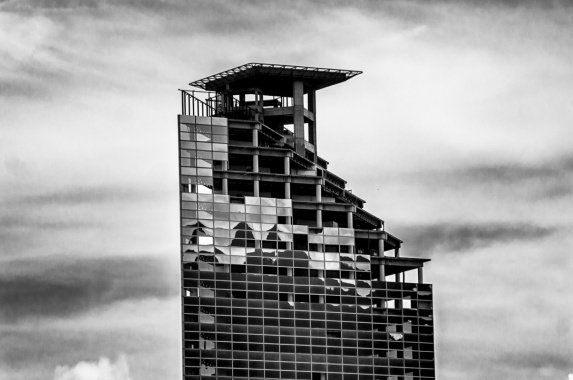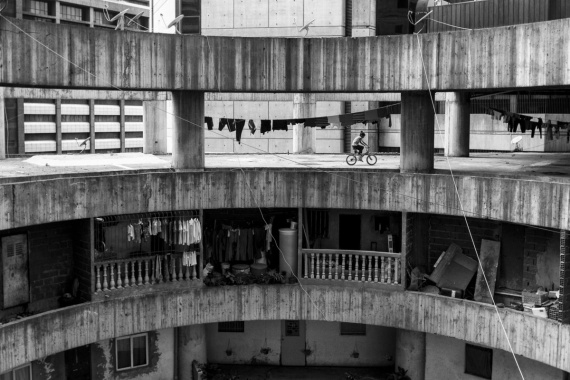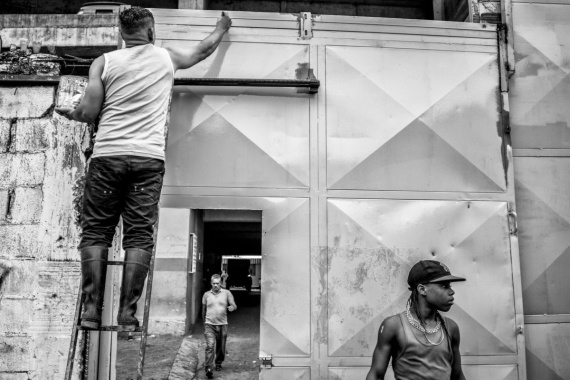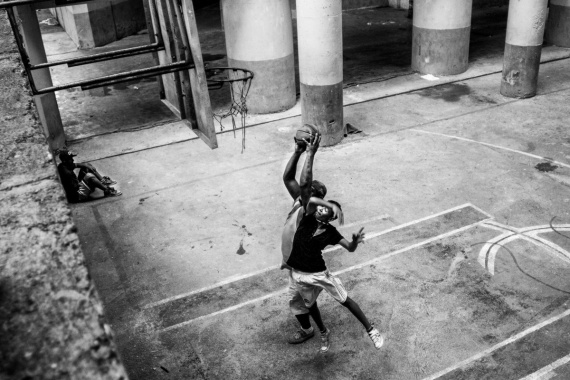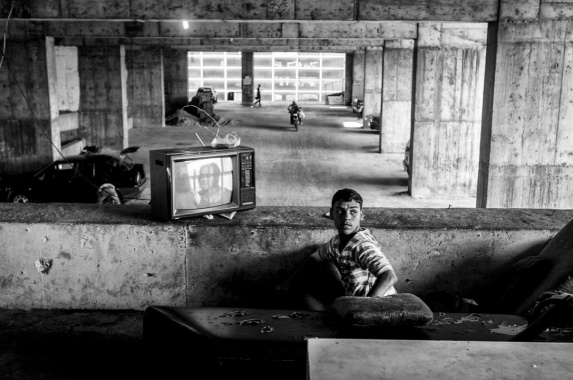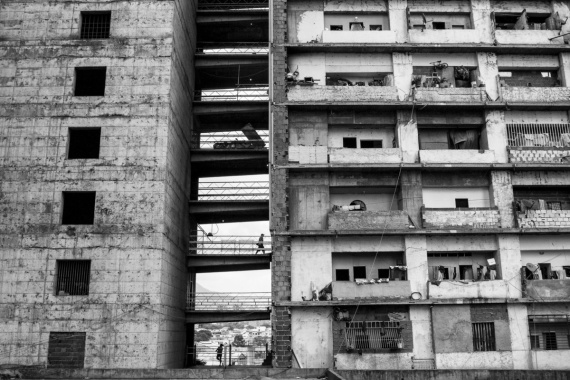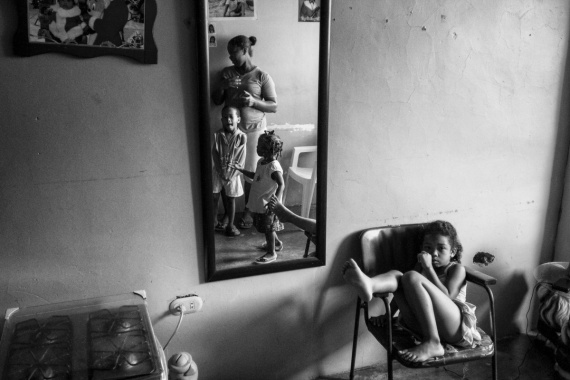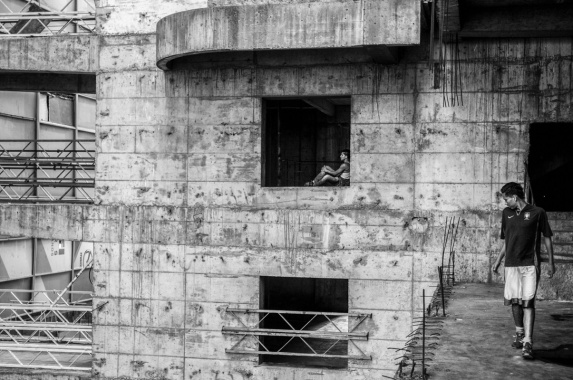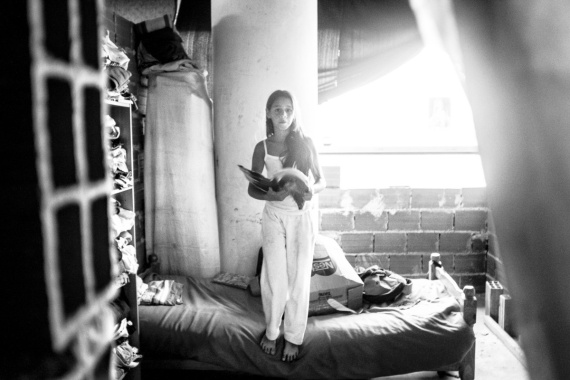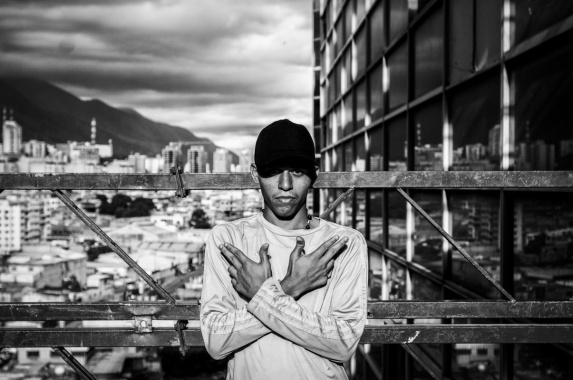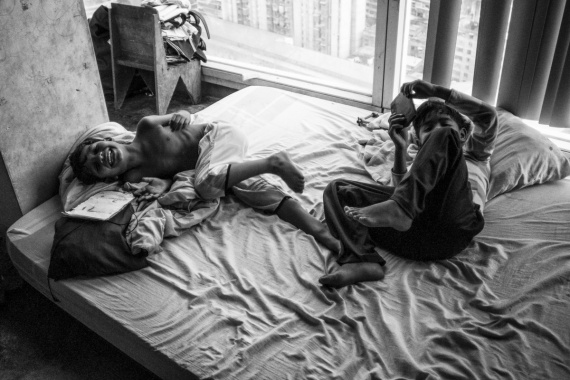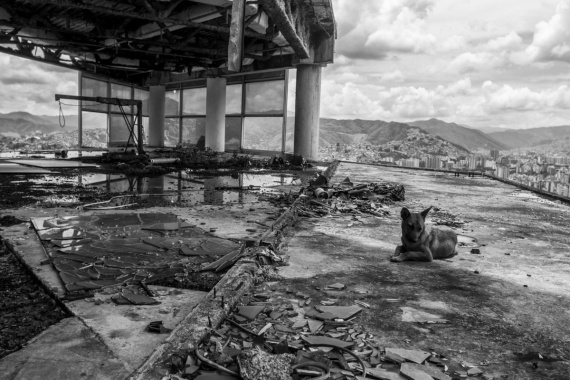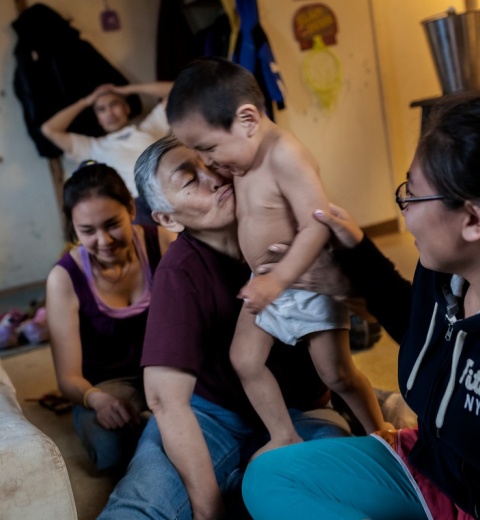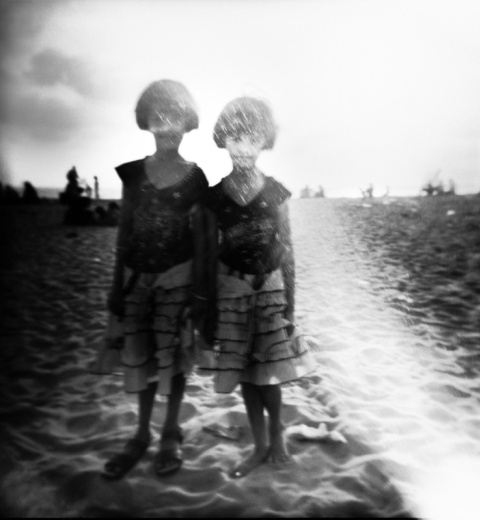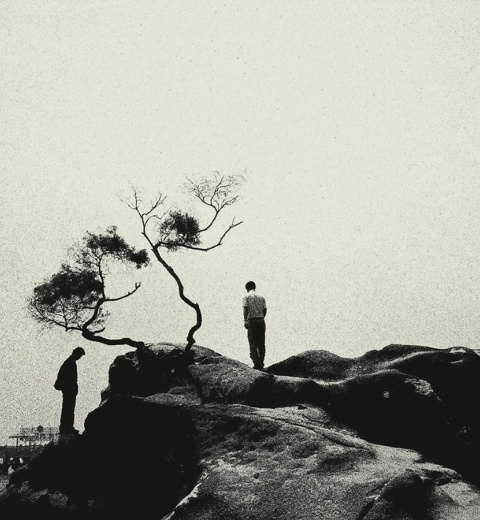Alejandro Cegarra – The Other Side of the Tower of David, Newcomer 2014
It was to be a magnificent building and Venezuela’s answer to Wall Street – but it became the eyesore of the capital Caracas. The construction of the Centro Financiero Confinanzas started in 1990, but could never be completed. Finally, the ruined building was occupied by around 2500 people in 2007. Alejandro Cegarra was able to gain their trust, and produce a reportage about this very special housing community. The series earned the Venezuelan photographer the Newcomer Award in 2014.
An office and hotel complex, 195 metres high, 45 floors, in the middle of the old town of Caracas: David Brillembourg, a former successful banker, had commissioned the building, and in 1990 construction work began. Then his bank was hit by the national financial crisis, the work had to stop, and the investor died. Since then, the ruins of the Torre de David overlook the huge concrete desert of the Venezuelan capital.
Housing is short in Caracas, where more than half the population live in the poor barrios located on the city outskirts. For most of the approximately six million inhabitants, a life closer to the centre is out of the question. It is hardly surprising, that for many the Torre de David represented the promise of a life that – while not good – was better than in the barrios, where drugs and violence were the order of the day.
“It’s often hard to be a photographer in my home town – documenting the suffering of other people while leading a quiet life myself, has changed the way I see Caracas.”
Many journalists had already tried to find a way into the tower after the occupation. Numerous rumours had been circulating about the building and its inhabitants. It was dangerous there; the tower was a vertical slum. But the community was also considered to be a model example of self-organisation, parallel to the urban infrastructure: a self-governing, structured community with its own forces of order and service companies. Strict rules prevailed in the midst of the unplastered walls. Many residents had normal jobs, there was a kiosk and a hairdresser. The twelve-storey parking deck with the residents’ vehicles was guarded. Order amid the chaos of the pulsating metropolis. “The biggest challenge was to gain the people’s trust. Nowadays I can call them my friends,” Cegarra explained.
“Behind every door there was life and beauty; yet it is also a reminder of the failed city.”
Cegarra captured his perspective in high-contrast, black and white, an interplay of light and darkness. The photographer shows the building from a distance, its severe graphic combination of squares and lines rising up like a monument; at the same time, many of his images reveal him close to the people, sharing their private spaces and everyday lives with him.
The photographer’s aim was to present special moments of ordinary life. His images show the inner life of the illegally-inhabited ruins from close up, especially the longing of its inhabitants for normality and safety.
In 2014, the building was evacuated and its inhabitants resettled in far-flung suburbs of the capital. Cegarra also accompanied this move with his camera. In 2018, a massive earthquake severely damaged the upper floors of the building. Since then, the tower is considered to be in danger of collapsing and is waiting to be demolished.
(Text updated in 2020)
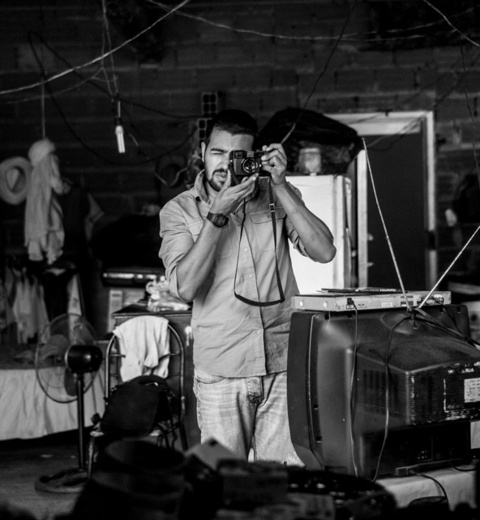
Alejandro Cegarra
Alejandro Cegarra was born in 1989 in Caracas where he studied Photography and Advertising. He initially worked in an advertising agency until he started his photojournalistic career in 2012. He has received numerous awards and works for international magazines. He lives in Mexico City.
